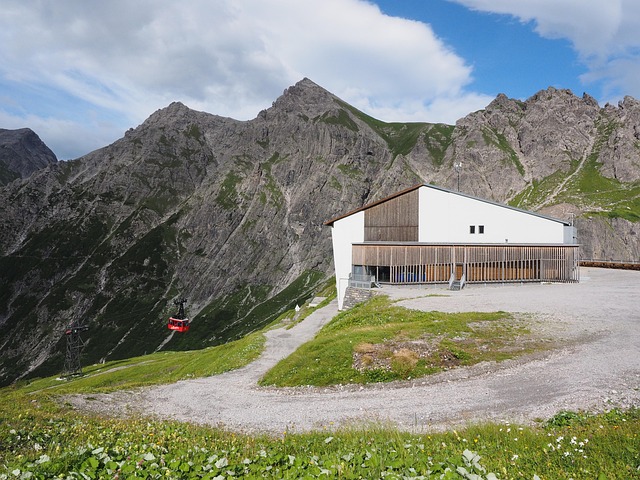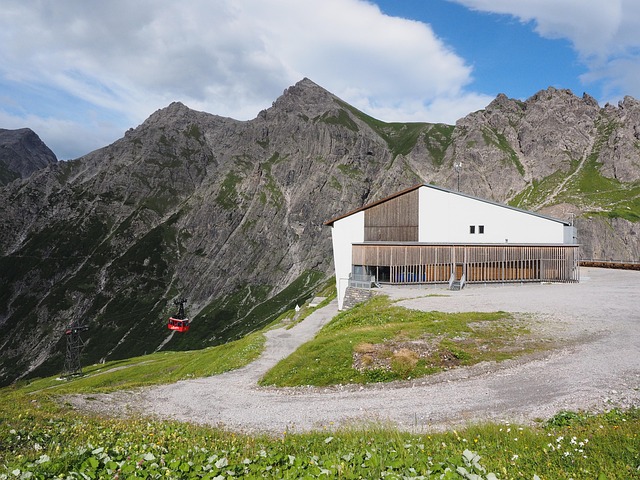Real estate development is a powerful tool for bridging cultural divides globally, creating diverse microcommunities that encourage natural cultural exchanges. Along borders or in shared landscapes, multifunctional buildings and mixed-use developments foster understanding and friendships between locals and expatriates, enhancing property values and facilitating cross-border connections through events and workshops. Successful initiatives like "Bridge to Peace" and "Cultural Exchange Homes" transform underutilized spaces into communal hubs, strengthening communities and fostering lasting friendships and collaborations.
In today’s globalized world, fostering friendly communities between nations is crucial for promoting understanding and peace. This article delves into an innovative approach using real estate as a bridge to connect people across borders. We explore successful initiatives where property development serves as a catalyst for cultural exchange, community engagement, and inclusive spaces. By examining case studies, we uncover strategies that can sustain harmonious relationships between nations in the long term, leveraging real estate as a powerful tool for fostering peace and cooperation.
Bridging Cultures Through Real Estate: A Unique Approach

In today’s interconnected world, bridging cultural gaps between nations is more important than ever. One unique approach to fostering understanding and unity is through real estate development that serves as a physical and social hub for diverse communities. By intentionally designing spaces that cater to the needs of people from different backgrounds, we can create environments that encourage interaction, respect, and shared experiences.
Real estate has the power to transcend borders and break down cultural barriers. Multifunctional buildings, community centers, and mixed-use developments can become melting pots where folks from various nations gather, collaborate, and build relationships. These spaces not only facilitate day-to-day interactions but also offer platforms for cultural exchanges, workshops, and events that promote empathy, tolerance, and mutual appreciation between residents from different parts of the world.
– Exploring the role of real estate in fostering cross-border connections

In the realm of international relations, real estate often plays an unexpected yet significant role in bridging gaps between nations. When communities across borders share a common geographical space, whether it’s a border town or a region with interconnected landscapes, real estate development can facilitate cross-border connections. For instance, residential projects designed to accommodate both nationals of one country and expatriates from another can create vibrant microcosms where cultural exchange becomes organic and natural. These shared living spaces foster understanding and friendship by providing platforms for people to interact, share stories, and learn from each other’s traditions.
Furthermore, mixed-use developments that combine residential, commercial, and recreational areas attract diverse populations, including local residents, expatriates, tourists, and business professionals. This diversity enriches the social fabric of the region, leading to a more inclusive and tolerant community. Real estate initiatives can also involve cultural centers or community hubs that host events, exhibitions, and workshops, further emphasizing the interconnection between people from different nations. Such spaces not only promote real estate values but also serve as catalysts for fostering strong, lasting cross-border friendships.
– Case studies of successful community initiatives

Successful community initiatives have been pivotal in fostering connections between nations, and real estate plays a significant role in these efforts. One notable example is the “Bridge to Peace” project, which aimed to unify communities divided by political borders. This initiative involved transforming underutilized urban spaces into communal gardens and public art installations. By engaging local residents from both sides of the border, the project created safe, shared spaces where people could interact, fostering understanding and breaking down barriers.
Another compelling case is the “Cultural Exchange Homes” program, where citizens open their homes to visitors from neighboring countries for short-term stays. This exchange encourages cross-cultural dialogue, dispels stereotypes, and promotes empathy. For instance, in a coastal town, local families hosted visitors from a nearby island nation, sharing meals, traditions, and stories that transcended political lines. Such initiatives not only strengthen communities but also leave lasting positive impacts on participants, often leading to ongoing friendships and collaborative efforts.






